With new tech sprouting up every day, the academic world is scrambling—but not in the way you might expect.
The real challenge is keeping up with AI.
AI tools like ChatGPT are becoming go-to tools for research, writing, and even outlining whole essays.
But how do students cite something that isn’t even written by a human?
Citations were introduced to give credit where credit is due, but from books, journals, and authors, not from a chatbot.
Scholastic guidelines have changed over the years, and so has how we apply them.
We’ve officially entered a grey zone. If you ask ChatGPT to help you summarize a chapter, do you cite that?
If it rewords your paragraph, is it still considered original? If it generates a whole answer and you barely edit it, well… that one’s kinda obvious.
So here we are. You used AI. Now you’re wondering if you have to cite it, how to cite it, and which rules actually make sense.
We’ll break down the three most popular citation styles (APA, MLA, and Chicago) with examples, plain explanations, and when citing is necessary (vs when it’s just overkill).
Let’s get into it.
APA Style (7th Edition)
APA style, developed by the American Psychological Association, is commonly used in social sciences, education, and business.
The APA has provided specific guidelines for citing AI tools like ChatGPT.
Basic Format
For ChatGPT citations in APA style, treat OpenAI as the author, not ChatGPT itself. Here’s the basic format for your reference list:
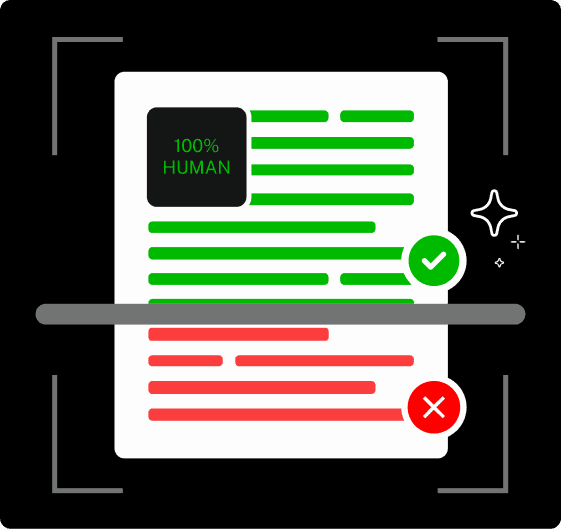

Never Worry About AI Detecting Your Texts Again. Undetectable AI Can Help You:
- Make your AI assisted writing appear human-like.
- Bypass all major AI detection tools with just one click.
- Use AI safely and confidently in school and work.
OpenAI. (Year). ChatGPT (Version information) [Large language model]. URL
Key elements include:
- Author: OpenAI
- Date: Year only (not full date) based on the version you used
- Title: ChatGPT (italicized), followed by version information in parentheses (e.g., Mar 14 version)
- Description: Indicate it’s a [Large language model] in square brackets
- Source/Platform: Direct URL to ChatGPT (https://chat.openai.com/chat)
Example
OpenAI. (2023). ChatGPT (Mar 14 version) [Large language model]. https://chat.openai.com/chat
In-Text Citation
For in-text citations in APA, follow this format:
- Parenthetical citation: (OpenAI, 2023)
- Narrative citation: OpenAI (2023)
Example:
“Photosynthesis converts light energy into chemical energy that plants use to fuel their activities” (OpenAI, 2023).
If Citing Multiple Conversations
If you’re referencing multiple conversations, each should be differentiated by its specific prompt description either in the text or in an appendix (not in the citation itself, unless the conversation is retrievable).
APA does not require modifying the reference per prompt description. It sticks to citing the model/version only.
If further clarification is needed inside your writing, you can explain the prompts in the main text or in footnotes, not inside the formal citation entry.
Important Notes:
- APA states you cite the model creator (OpenAI), not “ChatGPT” as the author.
- The year reflects the model version year only.
- If you used ChatGPT-4, you can specify it as “ChatGPT (GPT-4 version)” if needed, but always prioritize official version names (e.g., “Mar 14 version”).
- ChatGPT conversations are non-retrievable, so technically, every response is treated like citing software output, not personal communication.
MLA Style (9th Edition)
The Modern Language Association (MLA) style is frequently used in the humanities, particularly in language and literature studies.
You’ll see it used for everything from citing poems to referencing digital tools in modern writing.
Recognizing the rise of generative AI, the MLA has updated its guidelines to address how tools like ChatGPT should be cited.
Basic Format
For MLA style, the basic format follows this pattern:
“Description of the prompt.” ChatGPT, version, OpenAI, Day Month Year, URL.
Key Elements (Updated for Accuracy):
- Author: Do not list ChatGPT as the author. Instead, begin with a description of the prompt or output.
- Title of Source: A brief description of the prompt or the AI-generated text, placed in quotation marks or sentence-style capitalization, depending on the content.
- Title of Container: ChatGPT (italicized).
- Version: Include the version if available (e.g., 13 Feb. version).
- Publisher: OpenAI
- Date: The date the content was generated (Day Month Year format).
- Location (URL): Use the general tool URL (e.g., chat.openai.com/chat). If you have a unique ShareGPT link, you can use that instead.
Example
“Discussion on Shakespeare’s use of metaphor in Hamlet.” ChatGPT, 13 Feb. version, OpenAI, 12 Apr. 2023, chat.openai.com/chat.
In-Text Citation
Since MLA does not treat ChatGPT as the author, in-text citations should reflect the shortened version of the prompt or description, not simply “(ChatGPT)”.
Example:
Shakespeare’s use of extended metaphors creates layers of meaning throughout Hamlet (“Discussion on Shakespeare”).
If you’re unsure how to structure MLA citations for AI-generated content, or just want to avoid formatting errors, use our MLA Citation Generator.
It’s designed to generate accurate ChatGPT citations in MLA and other major formats based on the details you provide like the version, prompt description, and date.
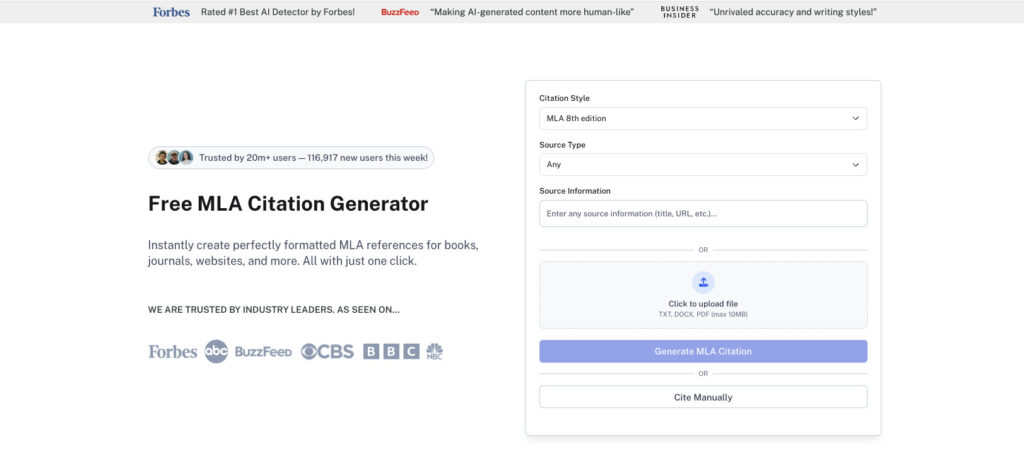
Whether you’re citing a summary, a literary analysis, or a historical explanation produced by ChatGPT, this tool ensures your references are clear, correct, and compliant with MLA’s latest guidelines.
Chicago Style (17th Edition)
Chicago style offers two documentation systems: notes and bibliography (commonly used in humanities) and author-date (used in sciences and social sciences).
Here, we’ll focus on the notes and bibliography format, which is more common when citing AI tools like ChatGPT.
Notes and Bibliography Format
Chicago does not recommend citing ChatGPT in a bibliography unless the conversation is publicly retrievable (i.e., with a ShareGPT link).
Otherwise, citations should be placed in the footnotes or endnotes only.
The basic format for a note is:
- ChatGPT, response to “[Prompt or Description],” OpenAI, Month Day, Year, https://chat.openai.com/chat.
If you have included the prompt in your main text, the note can be even simpler:
- Text generated by ChatGPT, OpenAI, Month Day, Year, https://chat.openai.com/chat.
Subsequent citations in notes can be shortened:
- ChatGPT, “[Shortened Description].”
Example
Full first footnote:
- ChatGPT, response to “Analysis of economic factors in the 2008 financial crisis,” OpenAI, April 12, 2023, https://chat.openai.com/chat.
Subsequent short note:
- ChatGPT, “Analysis of Economic Factors.”
Important:
- No bibliography entry is needed unless you can provide a public link to the conversation.
- If the text was edited for style or clarity, you should indicate that in the note (e.g., “edited for style”).
- Author-Date system citation for ChatGPT would simply be: (ChatGPT, 2023) in parentheses in the text, but again, no bibliography unless publicly accessible.
Where to Place the Citation

Where you place your ChatGPT citation depends on how you’ve used the AI in your work.
Here are some guidelines:
- Direct quotations: If you’re quoting ChatGPT’s response verbatim, place the citation immediately after the quoted text, like if you’re citing a play or analyzing a specific passage, for instance.
- Paraphrased information: If you’re summarizing or paraphrasing ChatGPT’s response, place the citation at the end of the paraphrased section.
- General information: If you’ve used ChatGPT for background research but haven’t directly incorporated its responses, you might include it in a general list of sources consulted.
Remember that different instructors or publications may have specific requirements about citing AI tools.
When in doubt, ask for clarification.
Should You Always Cite ChatGPT?
The short answer is: it depends.
Citation practices for AI tools are still evolving, but there are some general guidelines to follow.
When to Cite
You should cite ChatGPT when:
- You’ve directly quoted from the AI’s response
- You’ve paraphrased substantial information provided by the AI
- The AI has contributed unique insights, analysis, or interpretations to your work
- You’ve used the AI to generate ideas that significantly shaped your argument
- Your instructor or publisher specifically requires citation of AI tools
Citing AI-generated content is not just about academic honesty but also about transparency.
Your readers deserve to know when information comes from an AI rather than human sources or your original thoughts.
When Citation Might Not Be Required
You might not need to cite ChatGPT when:
- You’ve used it for simple definitions that are common knowledge
- It has helped you brainstorm ideas, but hasn’t directly contributed content
- You’ve used it for grammatical suggestions or minor editing help
- You’ve asked it procedural questions about writing or formatting
When in doubt, err on the side of citation.
It’s better to overcite than to risk academic dishonesty claims.
How to Use AI Tools to Help Format Citations
Ironically, AI tools can help you properly cite AI tools.
Services like Undetectable AI offer features that streamline the citation process.
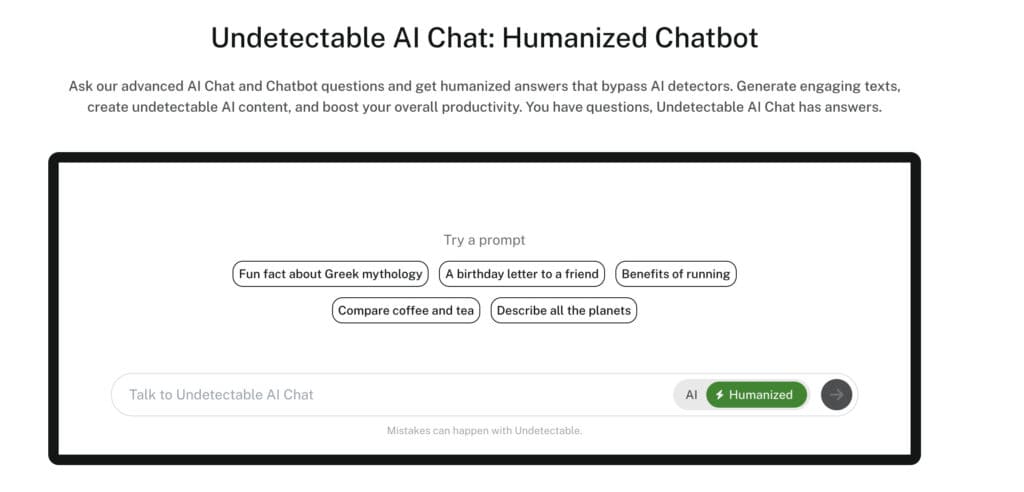
AI Chat
Undetectable AI’s AI Chat tool can quickly format your ChatGPT citations in any style.
Here’s how to use it:
- Visit undetectable.ai and access the AI Chat feature
- Type a prompt like: “Format a citation for a ChatGPT conversation about climate change from April 12, 2023, in APA style.”
- The tool will generate a properly formatted citation that you can copy directly into your paper
This approach saves time and reduces the risk of formatting errors, especially when dealing with newer citation requirements for AI tools.
Citation Generator
If you’d rather skip the prompt crafting and go straight to a clean, properly formatted citation, try the Citation Generator.
Just drop in the details—like the prompt description, date, and model—and get an instant APA, MLA, or Chicago-style citation you can copy and paste.
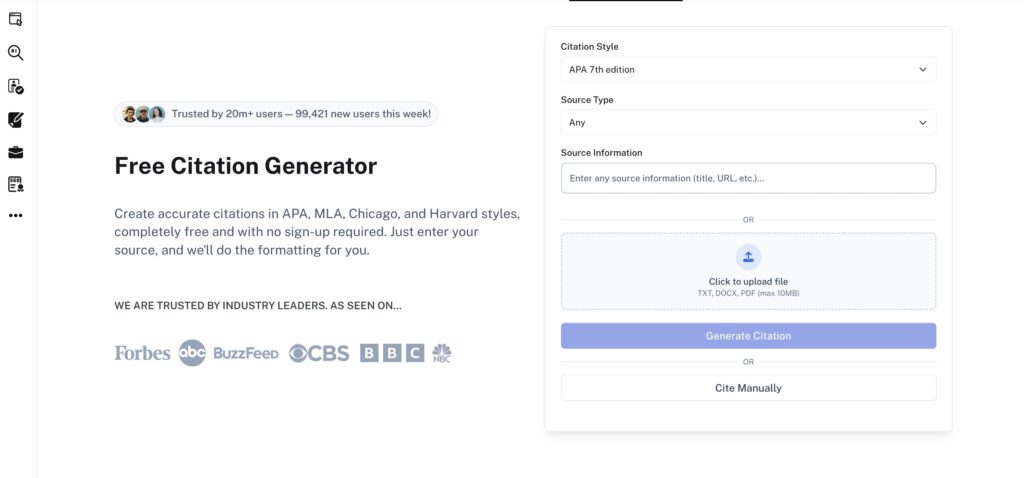
No formatting rules to memorize. No stress. Just a polished, ready-to-use reference built for this AI era.
Plagiarism Checker
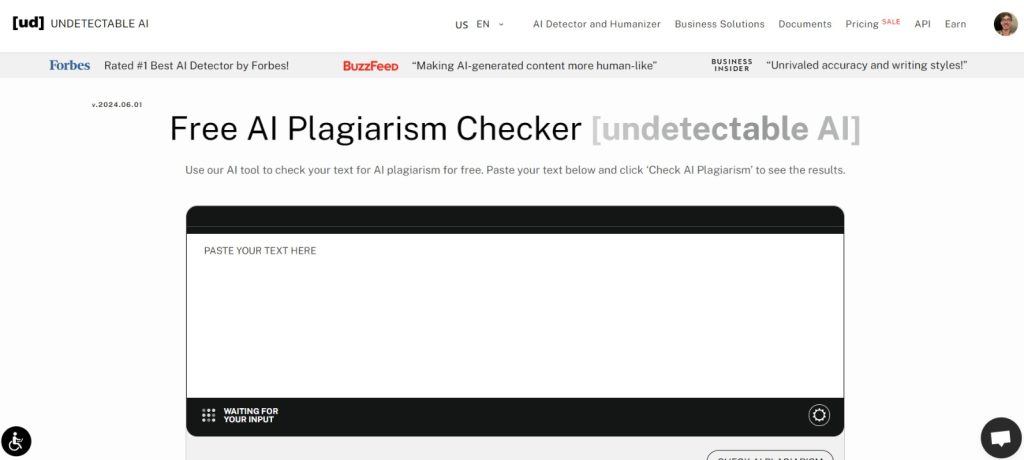
When using AI-generated content in academic work, verifying originality becomes crucial. Undetectable AI’s Plagiarism Checker can help you:
- Ensure ChatGPT’s responses don’t contain plagiarized content from existing sources
- Verify that your integration of AI-generated content is original
- Generate originality reports that some institutions may require
Using a plagiarism checker alongside proper citation practices creates a double layer of academic integrity protection.
It’s worth noting that many instructors now use AI detection tools themselves.
Proper citation combined with plagiarism checking helps ensure transparency about your use of AI tools.
Not sure how to format it correctly?
The APA Citation Generator takes care of it for you. Just enter the details — like the model version, date, and prompt — and the tool instantly creates a perfectly formatted APA citation ready for your reference list.
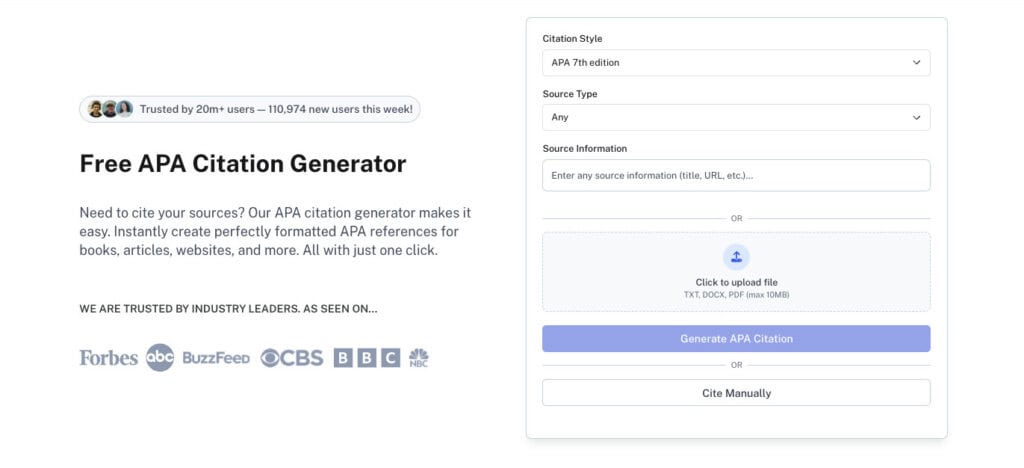
It’s the easiest way to cite ChatGPT without second-guessing the rules or losing points for technical errors.
Discover our AI Detector and Humanizer right in the widget below!
Giving Credit Where AI is Due
Know how to cite ChatGPT and other AI tools is an emerging but essential academic skill.
As these tools become more integrated into research and writing processes, clear citation practices help maintain transparency and academic integrity.
Remember these key points:
- Each citation style (APA, MLA, Chicago) has specific formats for citing AI tools
- Include the date of your conversation, a description of the content, and the platform
- Cite ChatGPT when it contributes substantial content to your work
- Consider using tools like Undetectable AI to help format citations and check for originality
The landscape of AI citation will continue to evolve as these tools become more sophisticated and widely used.
Staying current with citation guidelines from major style guides is the best way to ensure your academic work meets expected standards.
Citing ChatGPT properly doesn’t just help you follow academic rules.
It also means participating in the development of ethical practices for a new era of AI-assisted scholarship.
This transparency ultimately strengthens your work and contributes to the responsible integration of AI tools in academic contexts.
